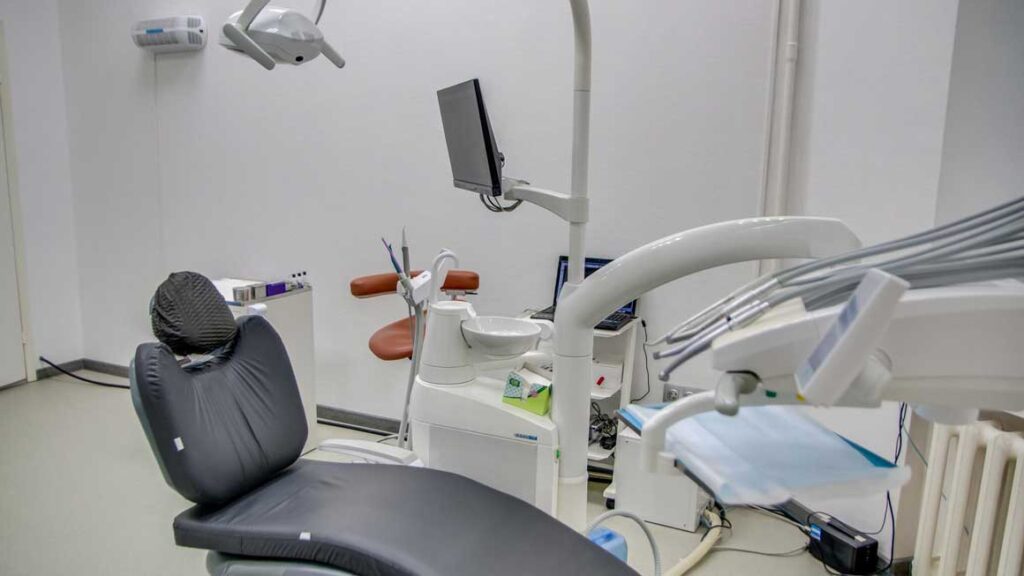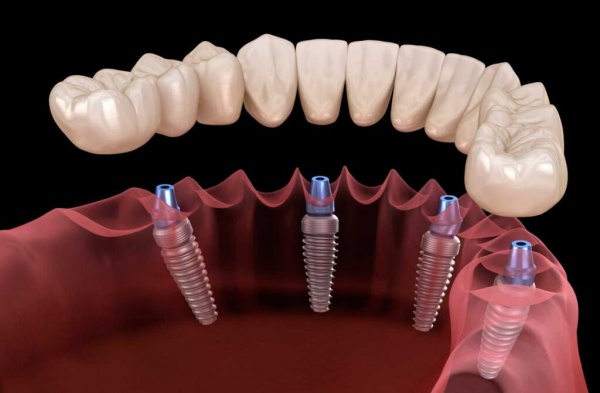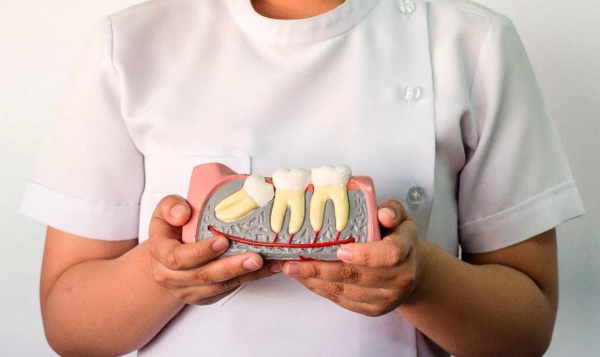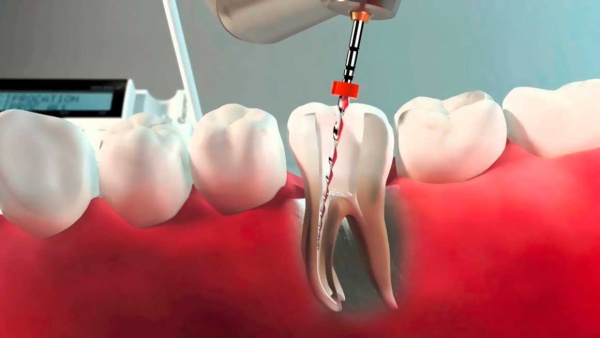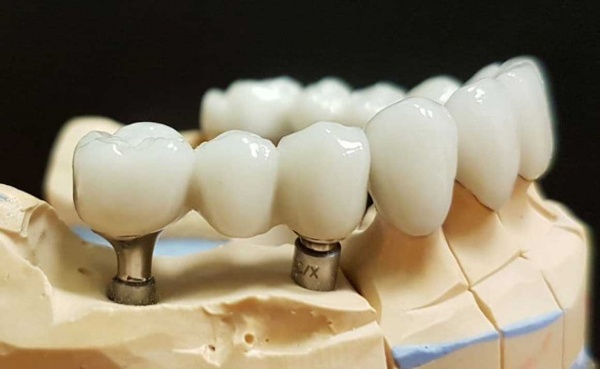An important step in prosthetics of teeth on implants is the formation of gums. The procedure allows you to heal soft tissues after implant installation, restore the integrity of the mucosal contour around the orthopedic structure. These actions will prevent the development of foci of inflammation, eliminates cosmetic defects.
One of the components that is used in the process of prosthetics is the gum shaper. It is inserted into the implant, preparing the gum for the upcoming operation. The Healing Abutment is a titanium structure, expanding towards the top, with a cylindrical head. On its lower part there is a thread necessary for winding.
What is a gingiva former for?
The gum former is not a mandatory element in prosthetics. However, its use is desirable, especially when the restoration of the front teeth takes place, where the aesthetic component plays an important role.
The shaper performs the following functions:
- Protects the epithelium from pathogenic bacteria;
- Accelerates the regeneration of damaged tissues;
- Provides elasticity to soft tissues;
- Forms a natural contour of the gums;
- Reduces the risk of complications.
This element simplifies the process of getting used to artificial teeth. It allows you to reduce the time required to solve the problem of a defect in the dentition. Due to the delicate effect, it is possible to reduce the healing time, to alleviate the symptoms in the postoperative period.
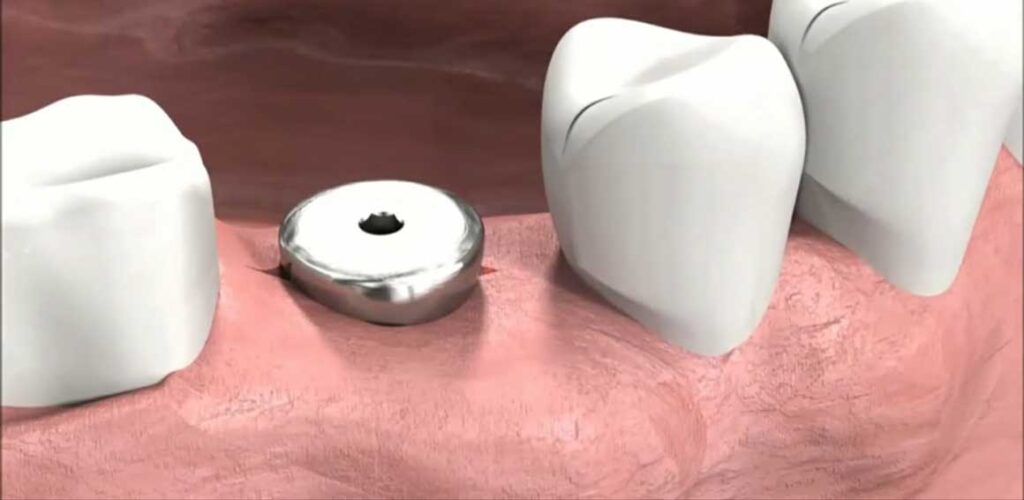
What are the shapers
Auxiliary elements for implantation are made of high quality alloys. Depending on the clinical situation, the material and size are selected individually. The following materials have excellent characteristics:
- Titanium is light, durable, does not cause rejection, does not load the jaw.
- Zirconium is durable, hypoallergenic, lightweight, imitates tooth enamel, almost invisible.
Elements are economy, business and premium class, differ in height, diameter and shape. Titanium formers are mainly produced, which is due to a number of positive characteristics of the material.
How is the installation
The method that allows you to install the shaper depends on the method of treatment. With the classical technique, the installation is performed after the implantation of the root. It is carried out in several stages:
- Local anesthesia lowers the pain threshold during the operation;
- Gingival incision is necessary to install the cylindrical element;
- Removing the plug that covered the implanted implant;
- Installation of the shaper;
- Suturing speeds up the healing process;
- Sanitation of the oral cavity prevents the development of infection.
The shaper can be installed manually or using a special tool. After three weeks, the gingival contours are formed, after which the shaper is replaced with an abutment and a permanent prosthesis.

